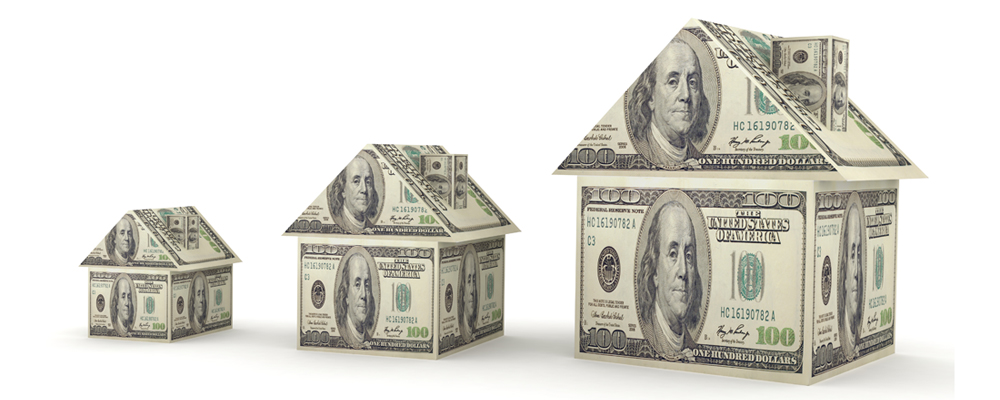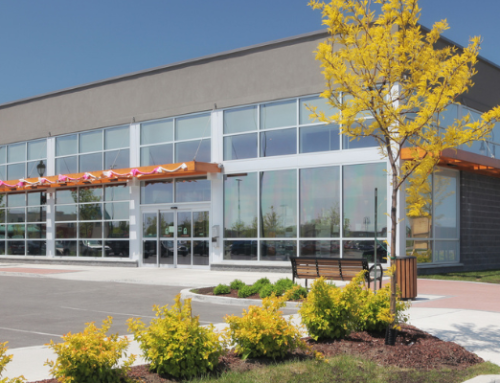Construction costs have been on a roller coaster ride over the past several months. From price surges of almost 200 percent just a few months ago to the biggest drop in lumber futures in decades, market volatility is affecting supply and demand – and the rest of the construction supply chain could be at risk.1
Rising Lumber Costs: An Economic Alarm?
In the early days of the pandemic when most people were quarantined, the home improvement business was booming. Money consumers normally spent on travel or dining shifted to home renovation projects, so much so that home improvement stores saw sales increase by 34 percent or more compared to previous periods.2
Rising consumer demand in a period where many construction suppliers were either forced to halt operations or running at reduced capacity meant that materials prices went up, especially lumber and crude petroleum, which increased more than 154 percent and 186 percent, respectively, over the past 12 months. Other building materials and inputs, like unprocessed energy materials, natural gas, steel products, nonferrous wire and cable, and more all experienced double-digit price jumps. Price surges, though likely temporary, reflect ongoing marketplace volatility.
Amidst rising materials prices and record government bailouts, many have worried about the potential for inflation. Lumber prices dropped by more than 40 percent in June as supply outpaced demand. That’s not to say that lumber prices aren’t still high; but the sharp drop could be indicative of other construction inputs in the weeks and months ahead.
Price Volatility and Construction Builders
DIYers aren’t the only ones holding out on demand due to rising construction costs. High materials prices have impacted commercial and residential builders for about a year now. The rising cost of lumber added an average of $35,872 to a new single-family home and $12,966 to new multifamily dwellings – the latter, in turn, leads to higher rent prices.3
As a result, some builders have slowed home production even though the demand is still there. Some contracts that were put in place last year locked in current prices, which builders have had to absorb, while current buyers are waiting to see if and when prices will go down. Currently, a cost-plus contract has helped to protect builders from price surges, but buyers won’t always agree to them. Luckily, historically low interest rates are keeping demand steady, so buyers can more easily absorb higher costs at the outset.
Lumber isn’t the only materials price surge that builders are dealing with, either. Other inputs, from PVC to appliances, wiring, copper, and cement prices have increased, too. And the supply chain disruptions mean that builders are still waiting longer for materials that are no longer readily available. Pre-purchasing can stave off some of these unknowns, but if demand suddenly slows – as with lumber – then there’s a problem there, too.
Builders are in a difficult position, as price surges across the board are unsustainable, but sudden price drops can be disastrous to the economy.
Rising Materials Costs and Construction Investors
Builders aren’t the only construction stakeholders impacted by price surges. For investors, higher costs mean lower profit, which can throw off the balance of risk versus potential return. There are a few factors driving volatility in the investor market.
Residential housing remains low on supply, which has increased real estate value in most markets. Despite builders’ struggles to maintain cost equilibrium, new construction is still up across the country – and in the Virginia area – and the cost of vacant land has increased as well. Uncertainty remains, and it’s possible for land values to normalize when housing supply and demand fall more into line with one another. This could be a potential opportunity for investors who want to lock in lower land prices.
The cost to build multifamily developments has increased to the point that apartment development returns are impacted. Multifamily was one of the fastest growing construction sectors in 2020, and materials prices now mean that some partially completed projects may run out of funding to continue. There is an added incentive to finish quicker than before. It’s estimated that another 12 months of price increases would halt new multifamily development.6
Macroeconomic Factors
It’s true that the laws of basic economics suggest that high prices tend to be temporary in response to current surges in demand, and that eventually supply and demand will normalize. There are indicators that at least some cost pressures won’t go away anytime soon, however. Global government bailouts to stem economic losses from COVID-19 mean that more money is in circulation than ever before. Governments are running high deficits, and interest rates cannot remain as low as they are forever.
“This means that some of the inflationary pressure that contractors and others are experiencing may not be temporary, and that inflation and interest rates may not be as low during the decade ahead as they were during the decade leading up to the pandemic,” said Anirban Basu, Chief Economist for the Associated Builders and Contractors (ABC).
And the Biden administration’s recent announcement of a Supply Chain Disruptions Task Force has some construction industry stakeholders nervous. The Task Force is meant to investigate ways to shore up the domestic supply chain, but construction organizations are opposed to its requirements of registered apprenticeship programs, local hire agreements, and other objections.
ABC’s Construction Confidence Index for May 2021 still remains above 50 – the threshold at which future expectations remains positive – but slipped slightly in expected future profit margins and staffing.
Another macroeconomic factor affecting construction price volatility is U.S. trade policies. U.S. tariffs continue to restrict the availability of many supplies, and the increased costs to import materials are being passed on first to home builders, and eventually to clients. Like builders, the suppliers aren’t willing to hold pricing either due to the market’s volatility.
Looking Ahead
Housing demand remains strong and interest rates are still low – for how long? At some point, rising and fluctuating construction input costs will negatively impact the industry’s ability to grow. Projected rebounds can be limited if industry stakeholders don’t know what to expect from one week to the next. The residential housing and multifamily development markets are stable if not growing now but concerns of inflation remain on the horizon.
Construction firms are still advised to review pricing forecasts daily for some inputs and weekly for others, and pay attention to the language on all contracts, especially as it concerns pricing. PBMares is monitoring changes to the construction marketplace and will continue to update clients on important matters.













